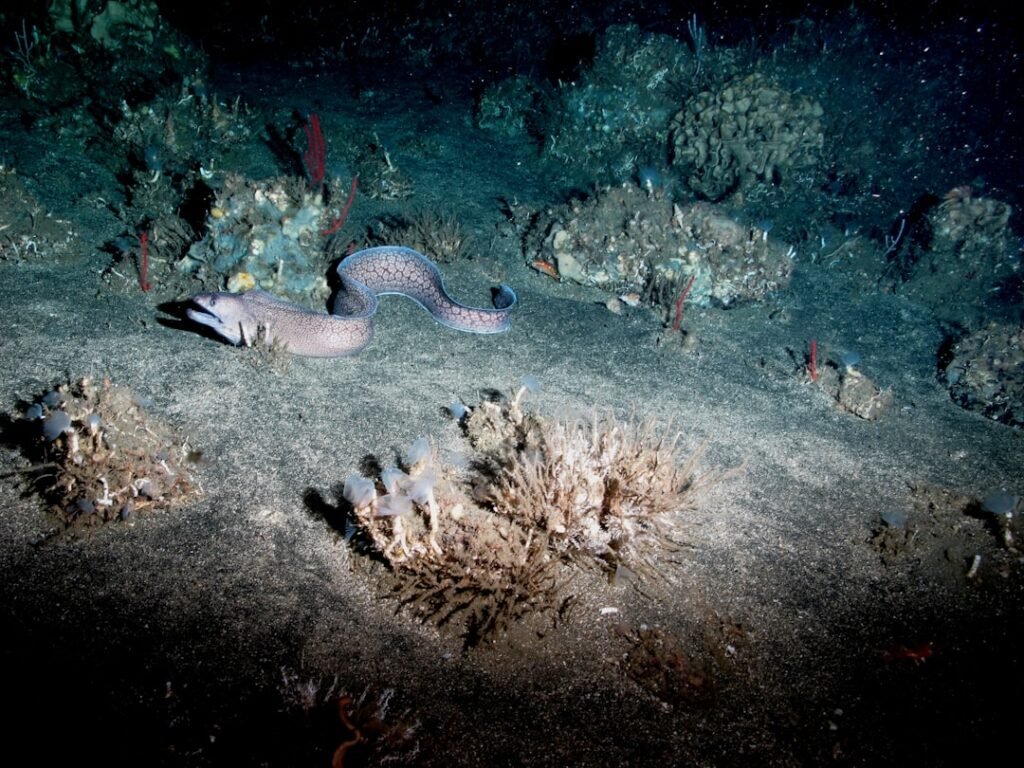You’ve probably wondered what lurks in the deepest, darkest corners of our planet. Earth’s deepest ocean trenches represent the ultimate frontier for life itself, plunging into realms where crushing pressure, bone-chilling cold, and perpetual darkness challenge every assumption about survival. Yet recent groundbreaking discoveries are sparking heated debates among scientists about just how far life can push its boundaries.
These mysterious underwater valleys, reaching depths that dwarf Mount Everest’s height, have become the newest battleground for understanding life’s limits. The scientific community finds itself divided over questions that could reshape our understanding of biology, evolution, and even the possibility of extraterrestrial life.
The Extreme Environment Challenge
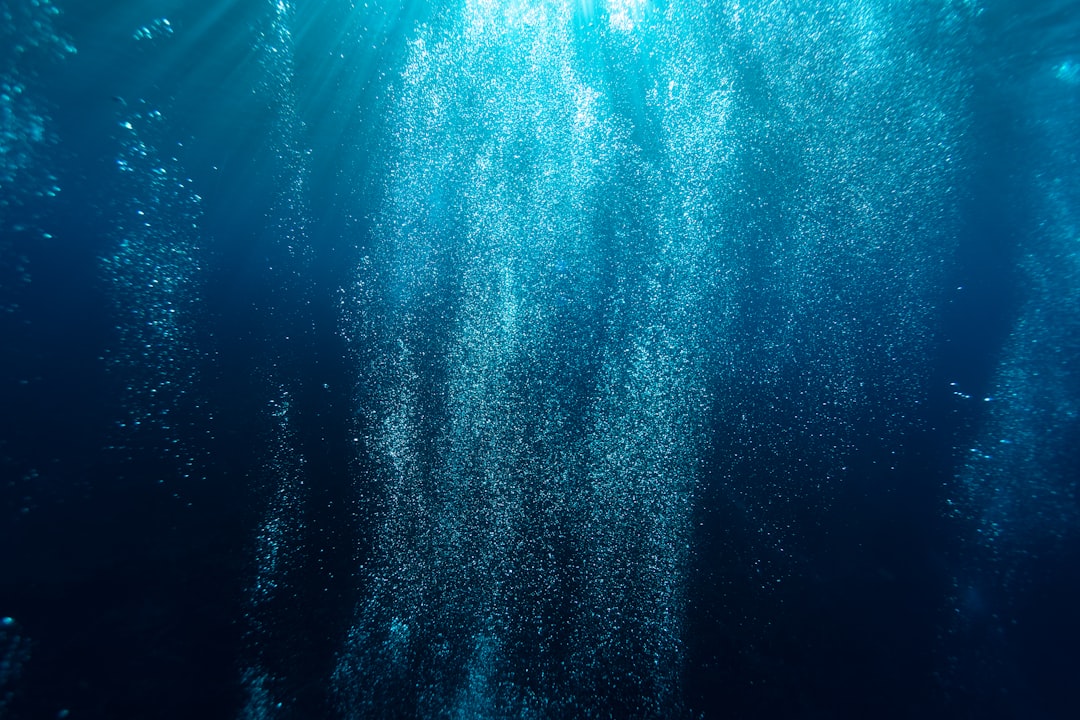
Picture yourself standing where pressure is over 1,000 times the atmospheric pressure at sea level, reaching an astonishing 15,000 pounds per square inch, with water pressures more than 1,000 times greater than the surface. The temperature at the bottom hovers around 1 to 4 degrees Celsius, with constant temperatures just above freezing, while no light sustains photosynthesis in these pitch-black depths.
The combination of extreme pressure, cold temperatures, and lack of breathable oxygen creates an environment utterly hostile to human life. The immense pressure at the bottom of the ocean would crush most aquatic creatures, yet life somehow persists. The combination of extremely high pressure, the gradual accumulation of food along trench axes, and the geographical isolation of hadal systems are believed to have created habitats with an extraordinarily high abundance of a few highly specialized organisms.
Recent Groundbreaking Discoveries Fuel Scientific Debate
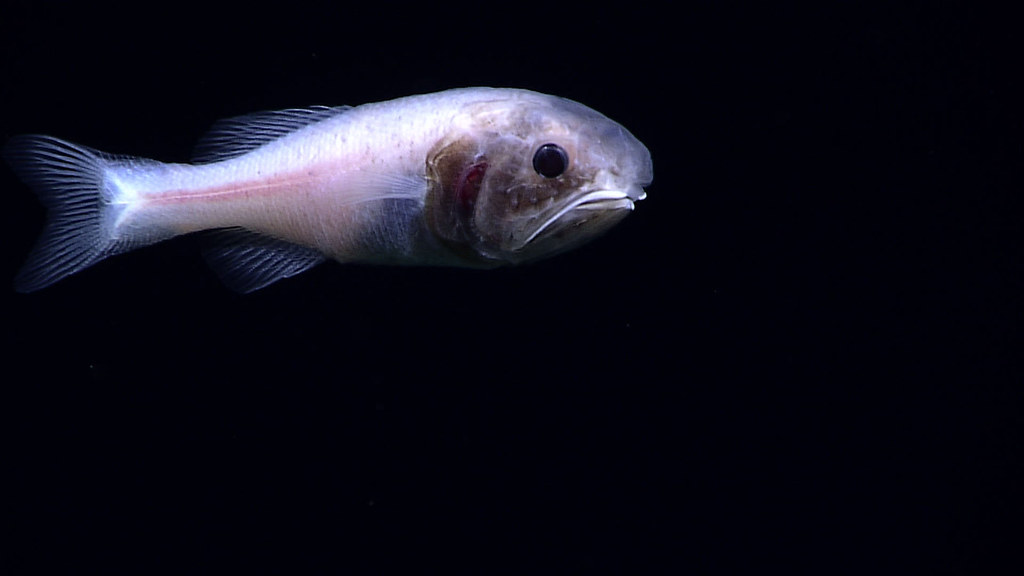
The scientific world was stunned when a Chinese submersible discovered thousands of worms and mollusks nearly 10 kilometers (approximately 6.2 miles) below sea level in the Mariana Trench, with scientists from the Chinese Academy of Sciences finding life 9,500 meters undersea. The discovery represents the deepest and the most extensive chemosynthesis-based communities known to exist on Earth during an expedition to the Kuril–Kamchatka Trench and the western Aleutian Trench using the manned submersible Fendouzhe.
The discovery suggests that there could be much more life thriving in the hostile conditions at the bottom of our planet’s largely unexplored oceans than previously thought. These findings challenge current models of life at extreme limits and carbon cycling in the deep ocean, forcing scientists to reconsider long-held assumptions about biological boundaries.
The Chemosynthesis Revolution
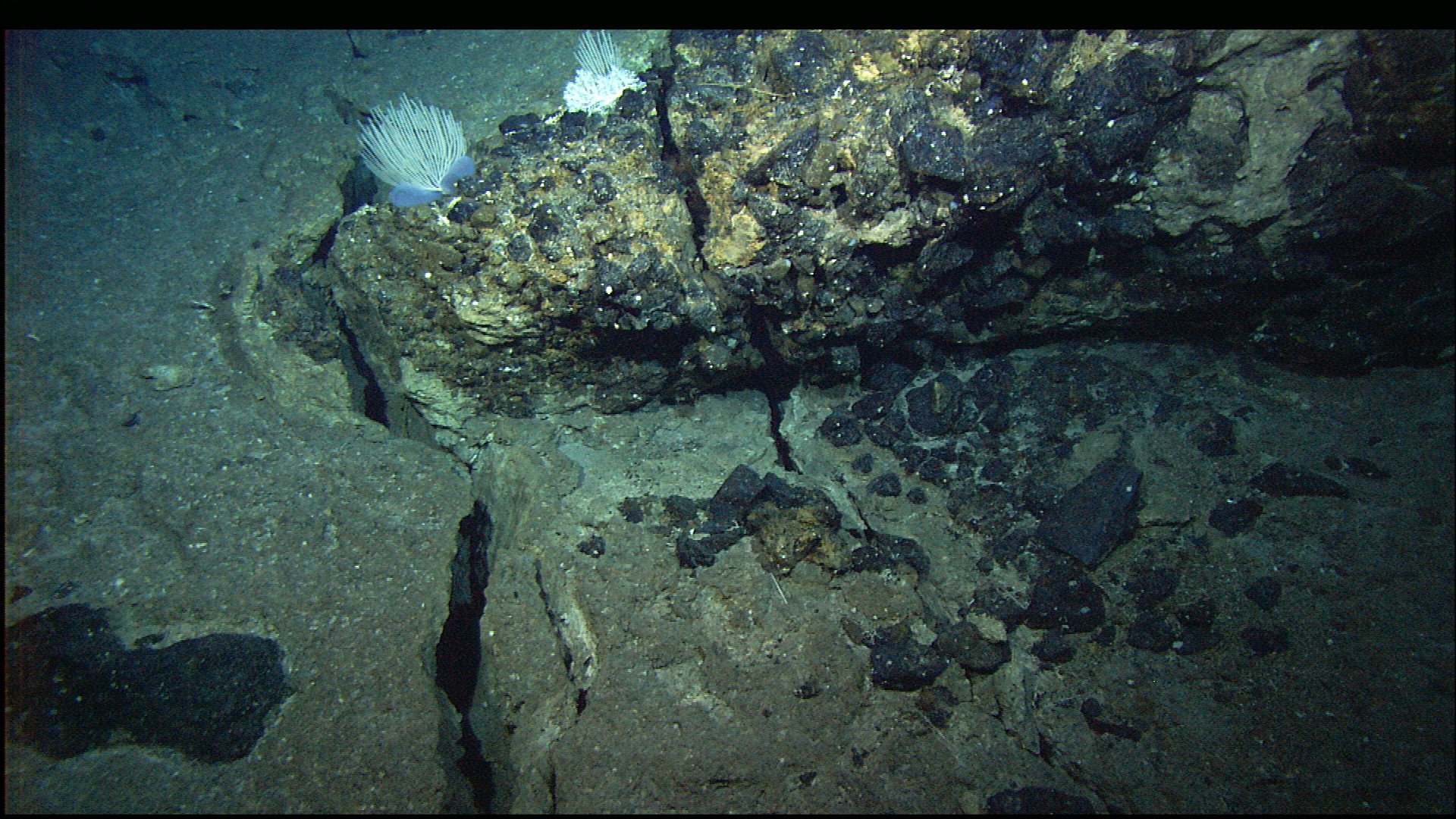
In the total darkness at the bottom of the world, these creatures live off of chemicals such as methane seeping through cracks in the seafloor, a process called chemosynthesis. These communities of extreme deep water life forms are sustained not by sunlight but by hydrogen sulfide- and methane-rich fluids found along faults that carve their way through the deep sediment layers found in the trenches.
Scientists think microbes in this new network may be capitalizing on carbon that’s accumulated in the trench over time, processing it to create chemicals that seep through cracks in the ocean floor, with tubeworms and mollusks surviving by eating those tiny creatures or living with them. The communities dominated by siboglinid Polychaeta and Bivalvia span a distance of 2,500 kilometers at depths from 5,800 meters to 9,533 meters, creating what researchers describe as rivers of life in Earth’s deepest places.
Remarkable Adaptations Push Biological Limits
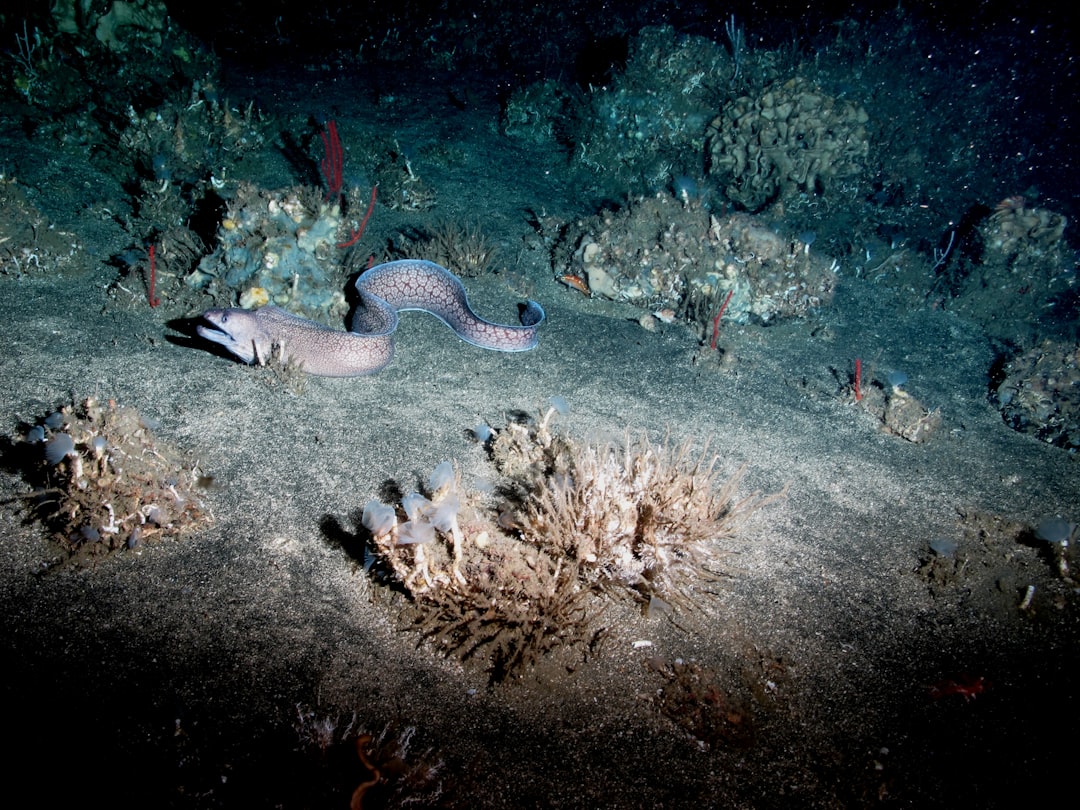
Hadal Snailfish discovered in the Mariana Trench at depths of 6,900-8,200 meters are the deepest-living fish species known, with recent genomic studies revealing unique adaptations including pressure-resistant cellular membranes with specialized lipid composition. Modified protein structures function optimally under extreme pressure, with Trimethylamine N-oxide (TMAO) in their cells stabilizing proteins under pressure and genes for DNA repair helping counter pressure-induced damage.
Life in hadal trenches has evolved remarkable adaptations including flexible body structures with many trench organisms having gelatinous, flexible bodies that can compress under pressure without damage. Many of the organisms living in trenches have evolved surprising ways to survive, with recent discoveries revealing organisms with proteins and biomolecules suited to resisting the crushing hydrostatic pressure and others able to harness energy from chemicals. These extraordinary adaptations challenge our understanding of what life can endure.
Microbial Life Thrives Beyond Expectations

Research revealed an incredible level of diversity, identifying more than 7,000 new microbial species in the Mariana Trench, with 89% of them new to science. Unexpectedly abundant bacteria communities grow in the depths of the Mariana Trench, with organisms living at densities ten times greater than in the much shallower ocean floor at the trench’s rim.
The MEER project has discovered over 6,000 new microbial species in the Mariana Trench alone, including pressure-adapted bacteria with specialized cell membranes and proteins, and chemosynthetic microbes that derive energy from chemical compounds rather than sunlight. Research indicates that microbial diversity actually increases with depth in some trenches, contrary to previous assumptions about biodiversity patterns.
The Great Scientific Debate Over Life’s Limits
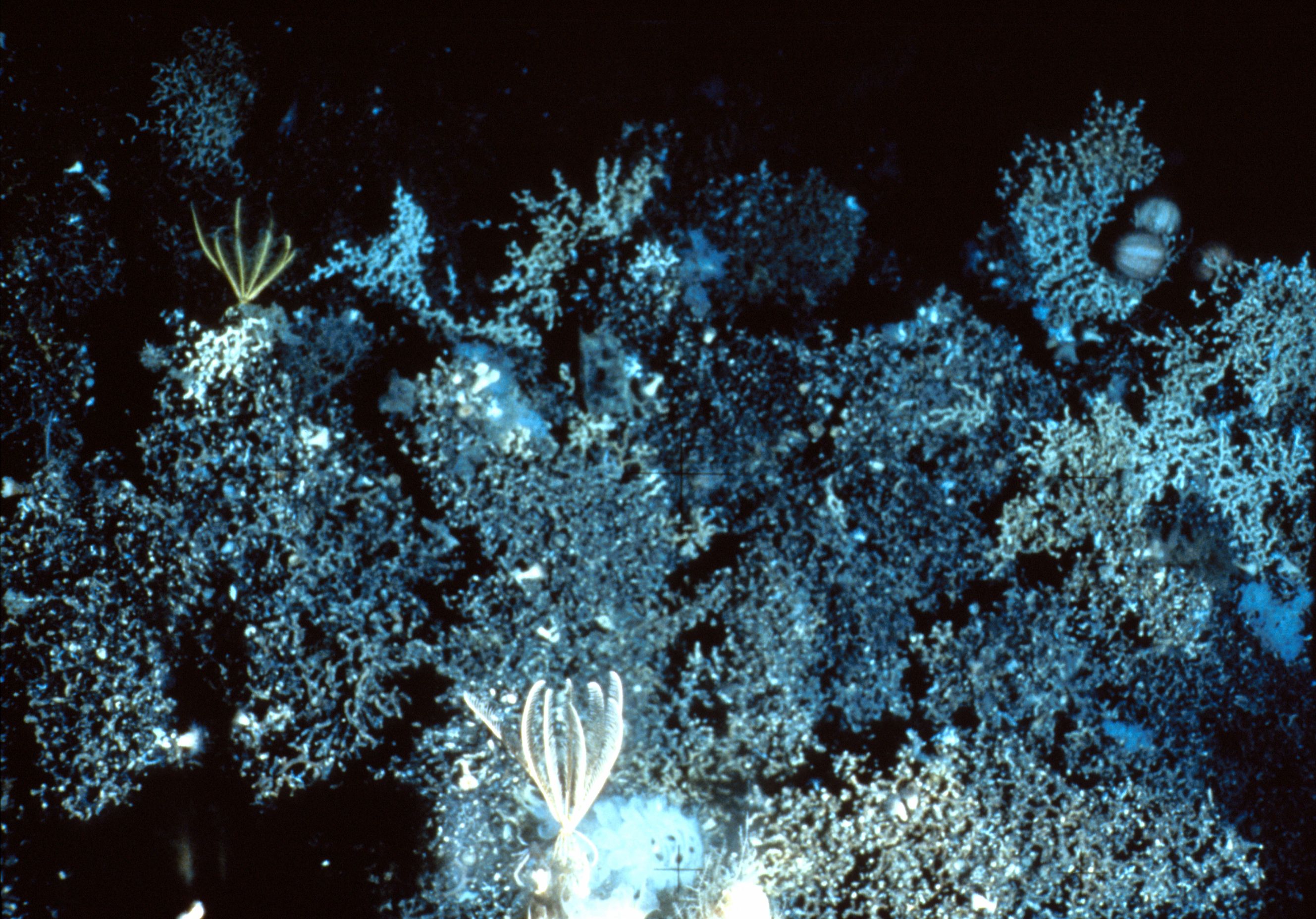
The insights gained from this exploration challenge long-held beliefs about the limits of life at extreme depths, with recent discoveries challenging long-held beliefs about life’s limits. Scientists emphasize that uncovering the mechanisms that allow these organisms to survive under such intense conditions is a key question for future studies.
Given that other ocean trenches are similar, such chemosynthesis-based communities might be more widespread than previously anticipated. The researchers said that trench-dwelling life forms may be more widespread than previously anticipated, sparking intense scientific debate about how extensively life might colonize Earth’s most extreme environments.
Evidence of Vast Underwater Ecosystems
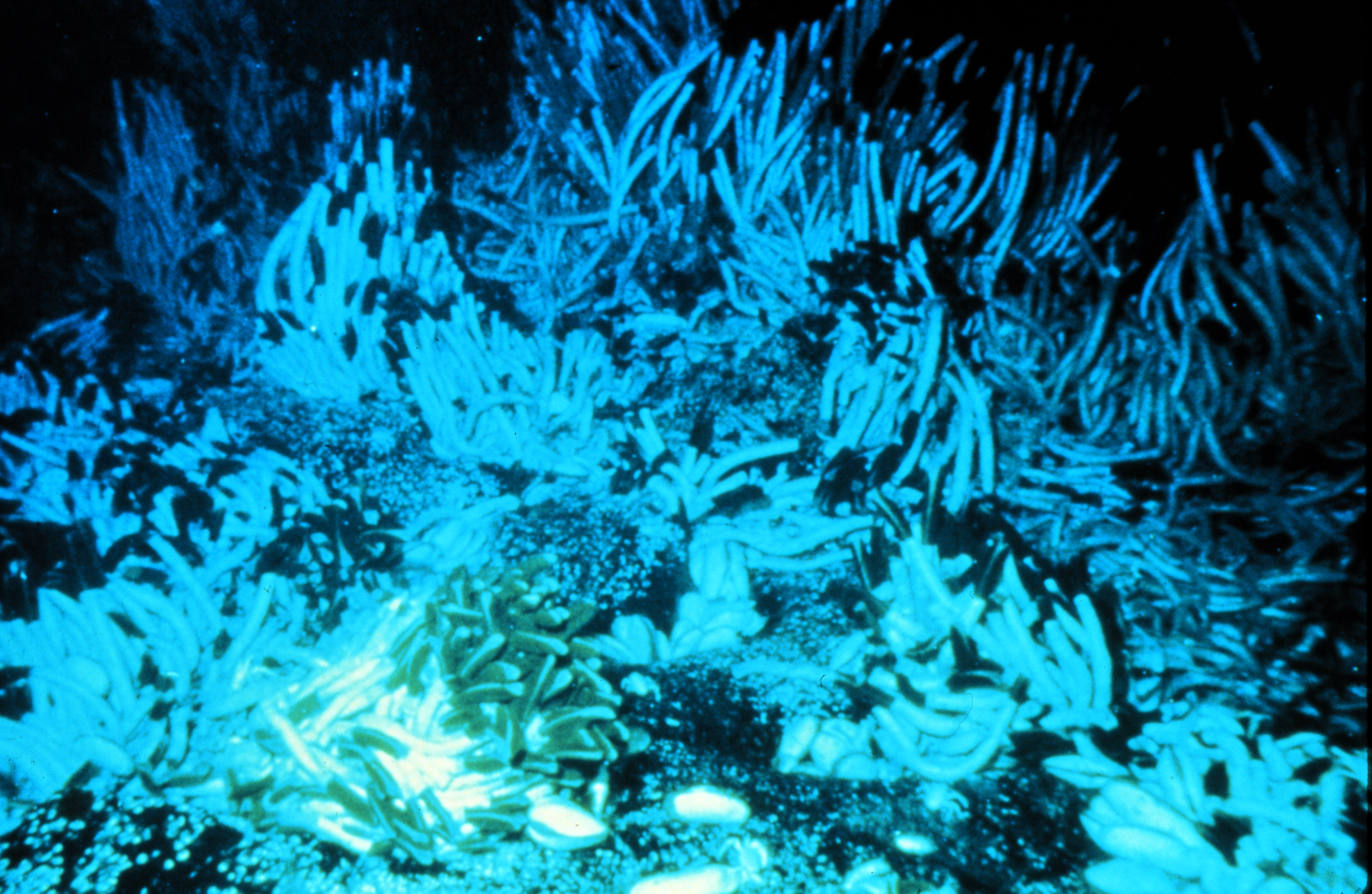
When researchers descended more than 36,000 feet into one of the Pacific Ocean’s deepest trenches, they saw dense clusters of tubeworms with tentacles tinged bloodred, jutting up like skyscrapers. Iridescent snails scaling the worms, like window washers, and bristly, white creatures wriggling between them like rush-hour commuters painted a picture of thriving underwater cities.
The team recorded stunning footage of strange ecosystems, including beds of clams, mats of bacteria resembling ice, and fields of tube worms. During dive FDZ 271 in the Kuril–Kamchatka Trench, researchers first encountered dense chemosynthetic communities dominated by frenulate siboglinids at a depth of 9,533 meters, designating this seep site as The Deepest because of its unparalleled depth.
Implications for Astrobiology and Extraterrestrial Life
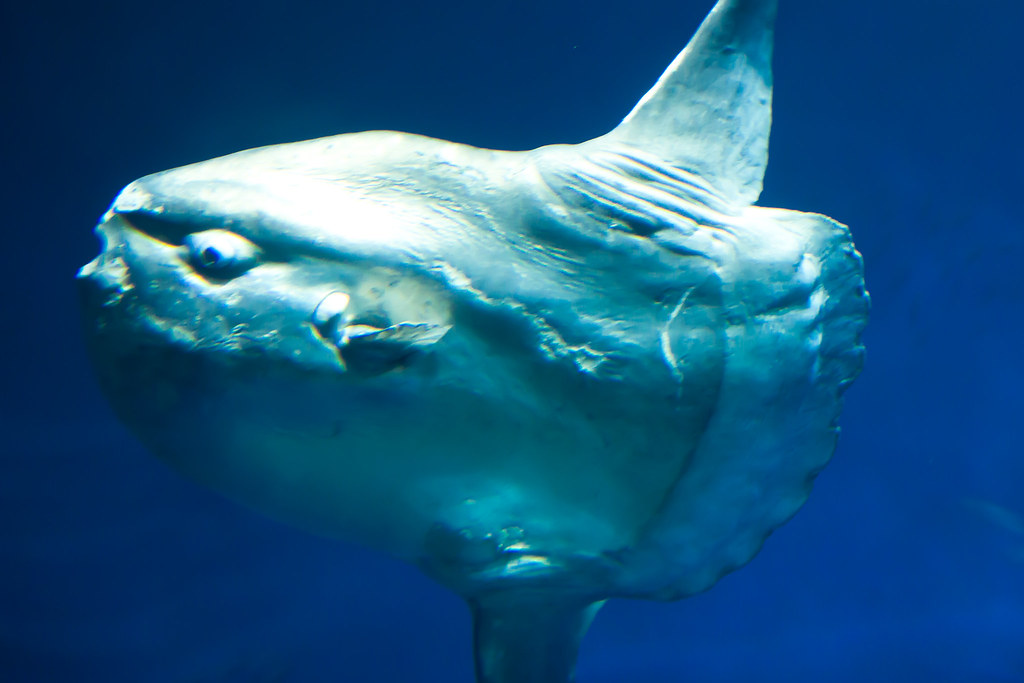
The adaptability of organisms in those trenches is a shot in the arm for scientists searching for evidence of life in oceans on other celestial bodies, including Europa, a moon of Jupiter, with possibilities that if deep extraterrestrial oceans existed for billions of years, then perhaps similar chemosynthetic-based ecosystems with animal-like creatures could also exist there.
The discovery challenges existing theories about the origins of life on Earth and the potential for life on other celestial bodies, with the resilience of these organisms in harsh environments providing clues about the possibility of life on planets and moons with similar extreme conditions. These discoveries offer clues about the potential for life on other planets with extreme environments, fundamentally reshaping how scientists approach the search for extraterrestrial life.
The Future of Deep Ocean Exploration
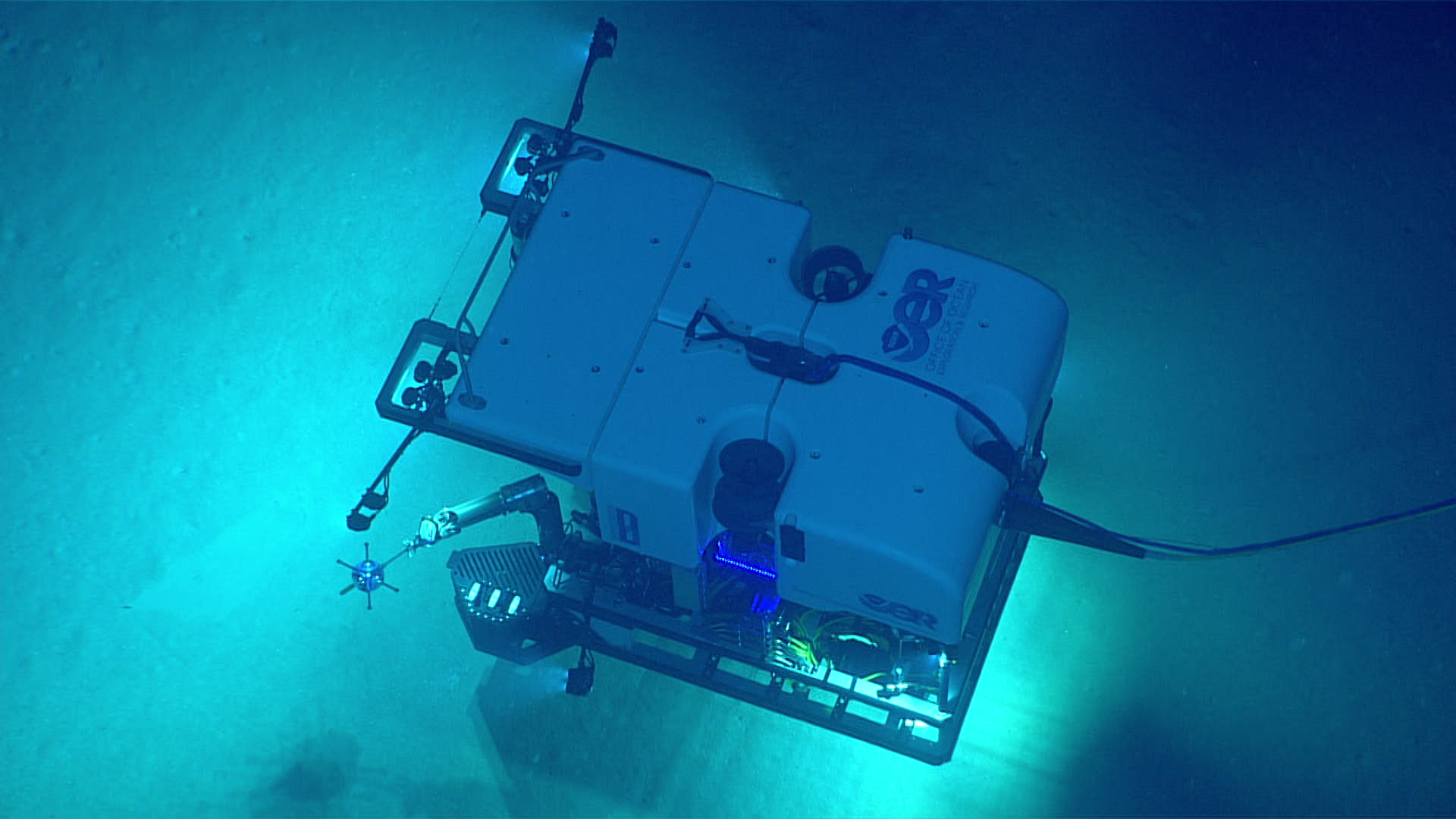
Trench exploration to date has been extremely limited with only three humans having ever visited the seafloor below 6,000 meters. China’s Fendouzhe submersible completed multiple dives exceeding 10,000 meters in 2020-2021, including reaching 10,909 meters in the Mariana Trench, representing new vessels capable of reaching the deepest ocean trenches.
The research is part of the Global Hadal Exploration Programme, an international project dedicated to exploring Earth’s deepest oceans with advanced technology. The Mariana Trench Environment and Ecology Research project, conducted from 2021-2024, documented over 6,000 new microbial species and dozens of macrofaunal species, representing just the beginning of our understanding of these mysterious realms.
The debate over life in Earth’s deepest ocean trenches continues to intensify as new discoveries challenge everything we thought we knew about biological limits. These findings not only expand our understanding of life on Earth but also ignite possibilities that stretch far beyond our planet’s boundaries. What other secrets might these underwater worlds reveal, and how might they reshape our understanding of life itself? The answers could fundamentally change how we view the potential for life throughout the universe.

